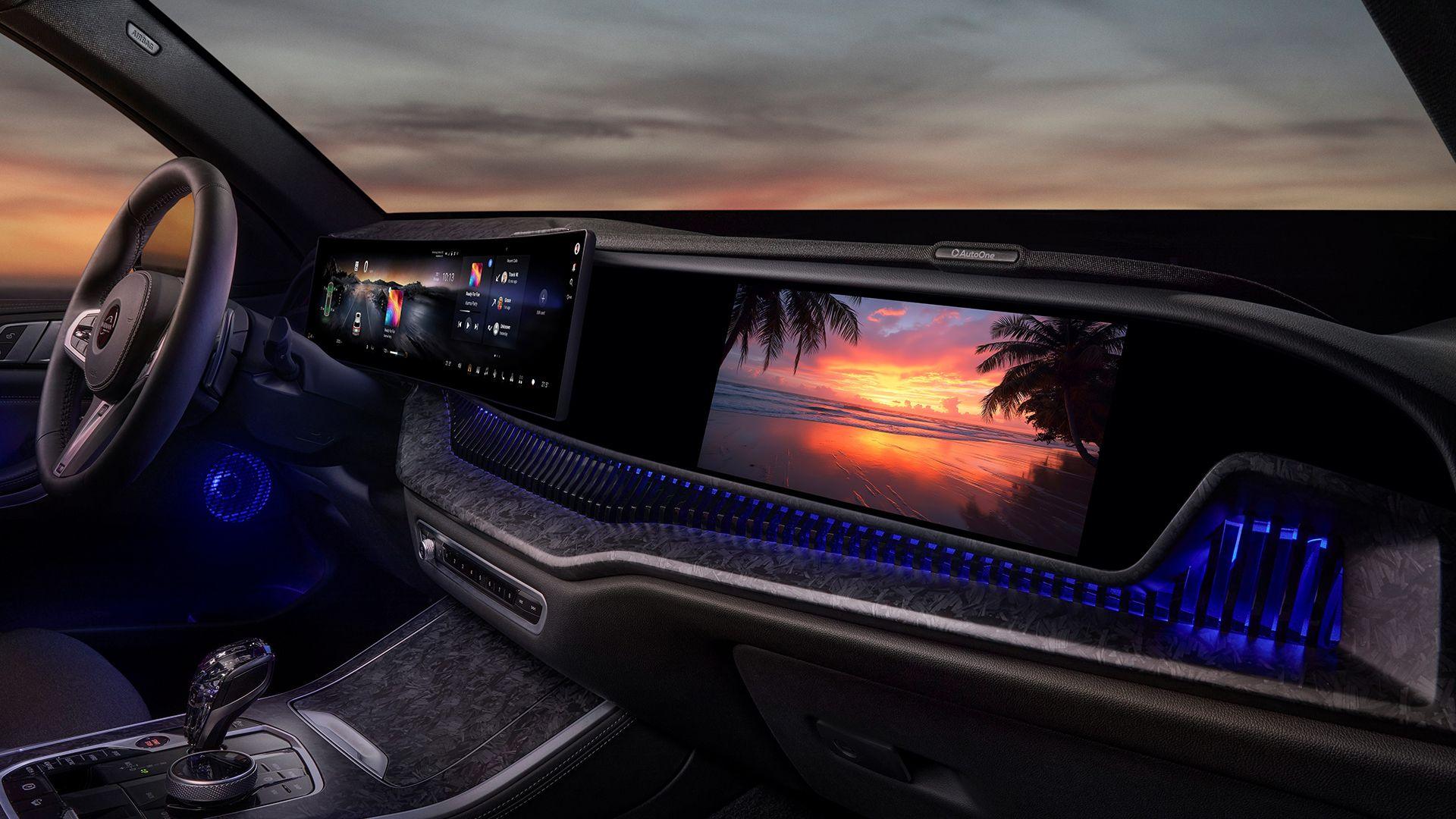- Harman’s Ready Display is the first to receive HDR10+ automotive certification
- LG wins CES Innovation Awards with its dual-display OLED
- Both technologies will feature in future automotive applications
The next generation of in-car entertainment is upon us, as two major industry players announce new technologies that are set to change the way we entertain ourselves in vehicles.
First, Harman announced that its Ready Display is the first of its kind to receive HDR10+ Automotive certification, which it says sets a new benchmark for in-car display performance.
Typically reserved for high-end televisions, certification is not granted lightly and only applies to displays that faithfully reproduce High Dynamic Range (HDR) content, even in the difficult lighting conditions of a car interior.
For car passengers, this means cinematic visuals in different lighting scenarios and from numerous viewing positions in the cabin.
Harman claims that its adaptive capabilities, which dynamically adjust brightness and color based on ambient light, allow its display to deliver consistent picture quality, regardless of the weather.
Harman will offer the Ready Display, which uses parent company Samsung’s Neo QLED technology, in three main models: the NQ3, NQ5 and NQ7, which essentially increases in size as you move up the model range.
It’s unclear which automakers will be the first to adopt this technology, but HDR 10+ certification will certainly be a big selling point when they do.
LG shares screen
The Consumer Electronics Show 2026 is already gearing up for a busy year, with its panel having already decided that LG’s “Dual View” OLED in-car display deserves one of its innovation awards.
Said to be the world’s first in-cabin OLED solution capable of displaying two different images at once, depending on the viewer’s position, this intelligent technology can simultaneously display navigation for the driver and streaming content for the front passenger, for example.
When seated in the rear of the vehicle, both occupants can watch completely different content without interference.
LG also says that the Dual View OLED’s optimized pixel structure ensures that the driver’s touch operation of the navigation screen does not interfere with the passenger’s entertainment, so it’s really like packing two screens into one.
The company has not announced a date for the launch of its new in-car entertainment system, but its CES booth will house its automotive exhibits to attract interest from major automotive OEMs and OEMs.
Follow TechRadar on Google News And add us as your favorite source to get our news, reviews and expert opinions in your feeds. Make sure to click the Follow button!
And of course you can too follow TechRadar on TikTok for news, reviews, unboxings in video form and receive regular updates from us on WhatsApp Also.




